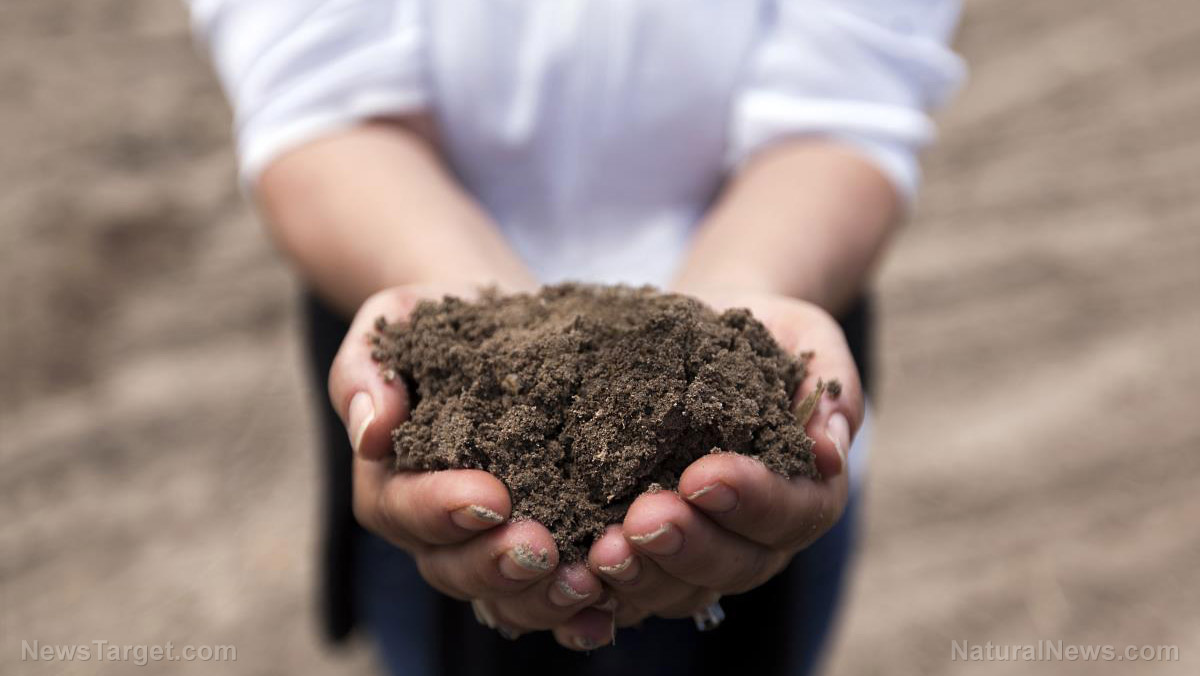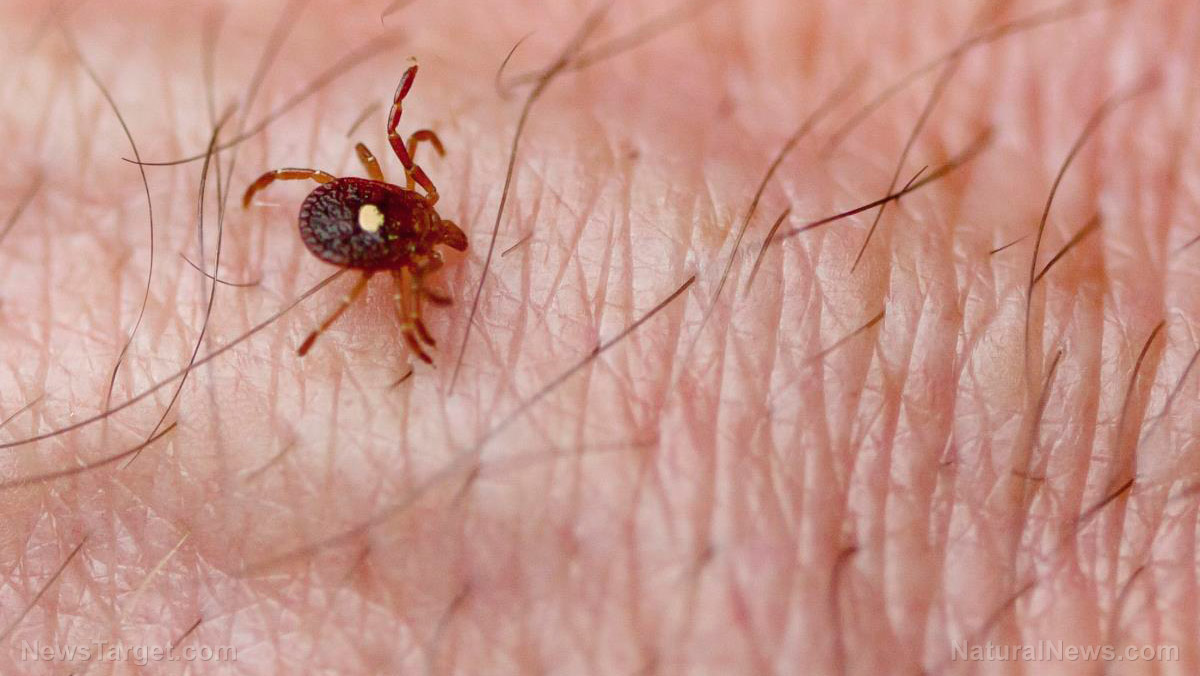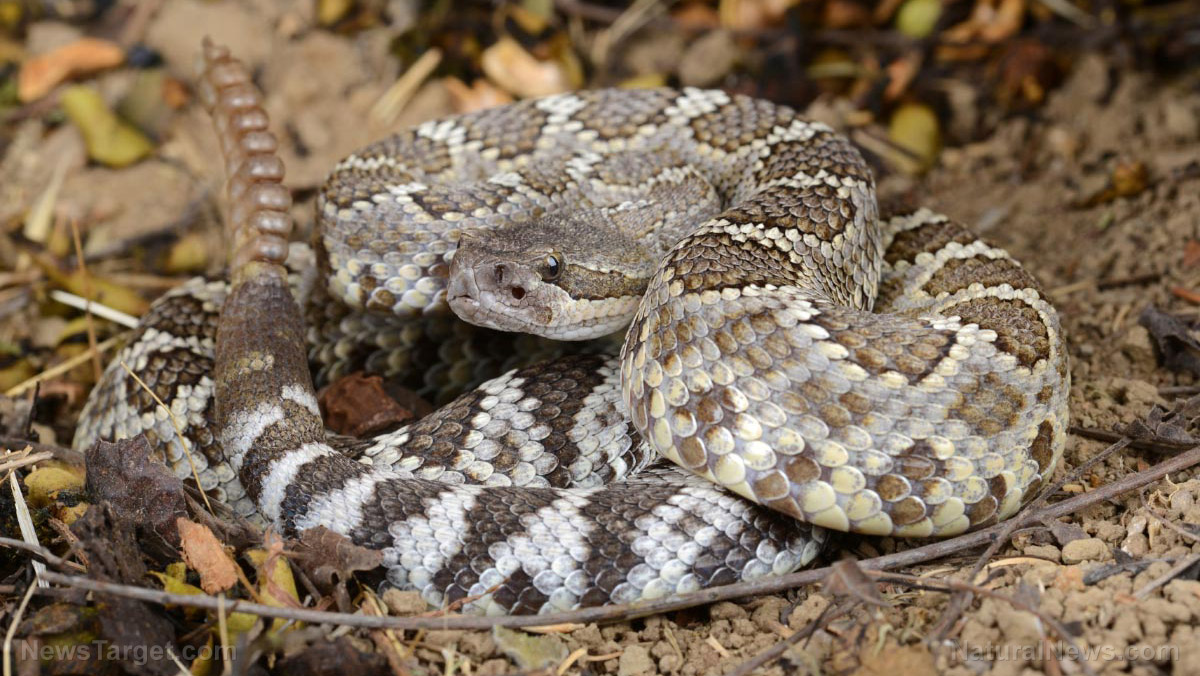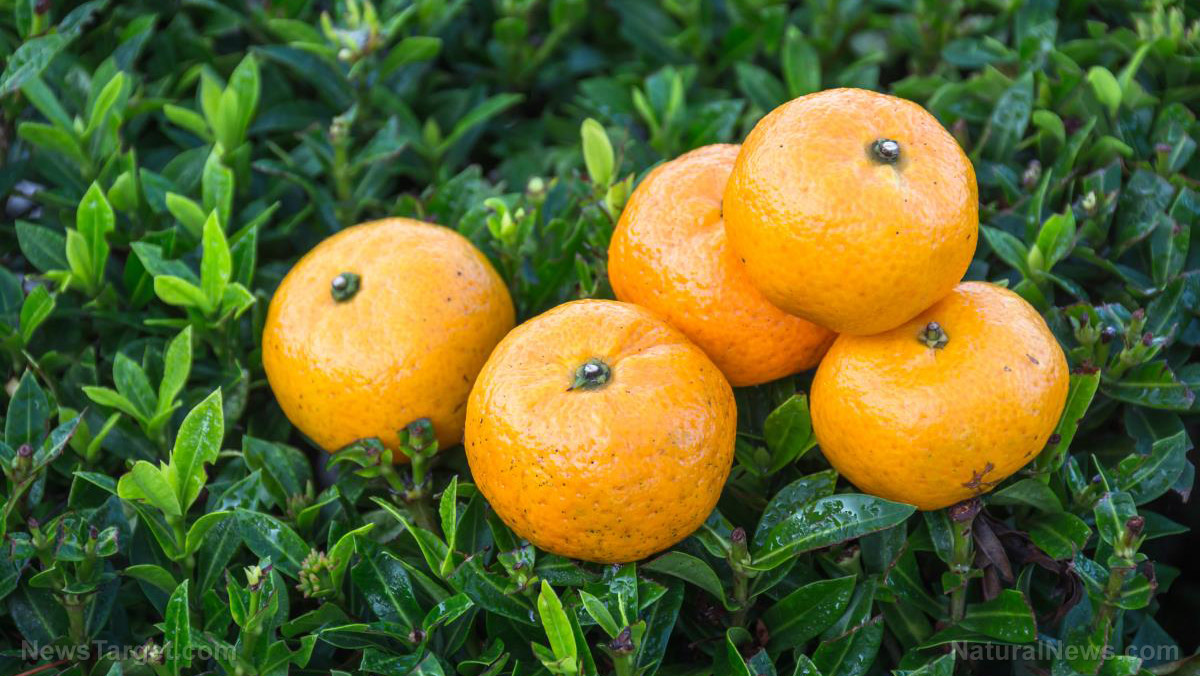Scientists warn that microplastics are harming earthworms, plant health and soil pH
08/26/2020 / By Virgilio Marin

Researchers from the Anglia Ruskin University found that microplastic can curb the growth of earthworms, potentially affecting plant and soil health.
Earthworms play an important role in the soil ecosystem as they dramatically alter soil structure, nutrient dynamics, water movement and plant growth. But the presence of microplastics is harming earthworms, according to the findings published in the journal Environmental Science & Technology.
“The earthworms lost weight overall when certain microplastics were present and grew significantly in weight in soil without added microplastics,” said first author Das Boots.
Impact of microplastic on soil health
In the study, the researchers looked at the impact of different types of microplastics on ryegrass and on Aporrectodea rosea, or rosy-lipped earthworm.
They added high-density polyethylene (HDPE), biodegradable polylactic acid (PLA) and microplastic clothing fibers, acrylic and nylon, to separate sets of soil where the earthworms are burrowing and ryegrass is growing. They also created a control set-up in which no microplastic is present.
HDPE is commonly used in the production of carrier bags and plastic bottles, while PLA is a biodegradable form of plastic that is used in food packaging materials, textiles and engineering plastics.
After 30 days in the presence of HDPE, the earthworms lost an average of 3.1 percent weight. Meanwhile, the earthworms living in control conditions gained weight by an average of 5.1 percent over the same period of time.
The researchers also found that the soil with HDPE had lower soil pH, which means that it was more acidic. On the other hand, soil containing PLA reduced the shoot height of ryegrass, while soil containing both PLA and the clothing fibers had fewer germinating ryegrass seeds compared to the control soil.

The precise mechanisms that led to these results are unknown. But the authors posit that the earthworms likely experienced the same responses as aquatic lugworms, which were previously studied under polluted conditions. These responses include the irritation and obstruction of the digestive tract, reducing nutrient absorption and growth.
The authors added that the effects microplastic bear important implications for the soil ecosystem.
“It’s highly likely that any pollution that impacts the health of soil fauna, such as earthworms, may have cascading effects on other aspects of the soil ecosystem, such as plant growth,” said co-author Connor Russell.
Sewage sludge used as fertilizer contains tons of microplastic
Many farmers have been using sewage sludge as a supplement to traditional fertilizers. Although it is principally waste, sewage sludge also contains valuable nutrients that can boost crop production.
There are regulations in the use of sewage sludge in agriculture. However, tons of microplastics still get transferred to fertilizer sludge, according to an article published in the journal Environmental Science & Technology.
The amount of sewage sludge that gets used as fertilizer varies per country. In Europe and North America, about 50 percent of sewage sludge was used in this manner. The researchers estimated that about 110,000 to 730,000 tons of microplastic are transferred to agricultural soils in Europe and North America every year. (Related: Crops absorb pharmaceuticals from sewage sludge spread on farmlands.)
According to co-author Luca Nizzetto of the Norwegian Institute for Water Research, “We have found figures from the Nordic countries suggesting that a large fraction of all the microplastics generated in Western societies tend to end up in the sludge in wastewater treatment plants.”
The tonnage of microplastic is greatly polluting the soil ecosystem. And as the previous study showed, it could be altering soil health and fauna, affecting the crops that eventually end up as food.
Learn more about the effects of microplastics on soil health at Microplastics.news.
Sources include:
Submit a correction >>
Tagged Under:
This article may contain statements that reflect the opinion of the author





















